
A school of bottlenose dolphins have figured out how to enjoy a free meal with the whelk waste from a seafood factory, marine researchers believe.
And like any school, there are also lessons for youngsters on how to do things properly.
Third year Swansea University marine biology student Jodie Denton counted how many bottlenose dolphins turned up after the licensed discharges by the plant at New Quay, Ceredigion.
She said: “There does seem to be a correlation between dolphin numbers and when the factory is open.”
Cardigan Bay Marine Wildlife Centre (CBMWC) has identified 300 individual dolphins which use the bay, one of the largest in Europe and a location for sighting wildlife including seal, basking shark, minke whale and even Orca.
But it seems only the dolphins have cottoned on to the pickings to be had when Quay Fresh and Frozen Foods Ltd makes one of its discharges.
Ms Denton’s project saw her stationed near the factory scanning the water for four hours from 5am, every day for five weeks, counting how may dolphins turned up.
Previous research had suggested that the discharges may have been driving dolphins away because the piles of whelk shells were changing the nature of the seabed.
But Ms Denton’s work suggests the opposite is the case.
She said: “More dolphins were found on days when the factory was disposing of shells than when they weren’t. It does seem the factory has a positive effect on dolphin numbers.”
The attraction is a simple formula, according to CBMWC manager Steve Hartley.
He said: “The factory processes whelks and is licensed by Countryside Council for Wales to discharge the remains and their shells into the sea.
“This attracts a variety of fish to feed on these bits and pieces and the dolphins come in to feed on the fish that are feeding on this waste.”
The whelk waste is likely to be detected by fish such as mullet, bass and mackerel miles down the bay, much like a barbecue on a summer’s day can be smelt by people far downwind, he suggested.
Dolphins that may have been passing by in any case are alerted to the feeding frenzy already going on and zoom in to scoop up what they can.
While they are at it, the relatively shallow water means that the youngsters, which cannot dive deeply, can have a stab at fishing for themselves, he said.
‘Feeding strategies’
He said: “We see adults and juveniles in this area foraging and feeding.
“Wherever the mother is, she’ll be teaching her pup social and feeding strategies in the same way a human mother would teach her children how to survive day to day.”
Ms Denton said: “It’s the fish who are attracted to the whelks and that attracts the dolphins to the area.
“They can sense when the fish are around due to their movements.
“If they have any pups, it would be a good place for them to learn to feed as well.”
Source: bbc.co.uk



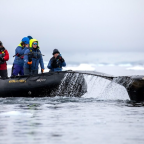
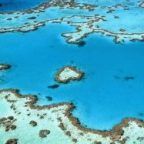
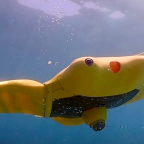
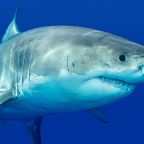

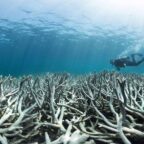
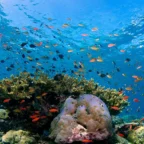


Social Profiles